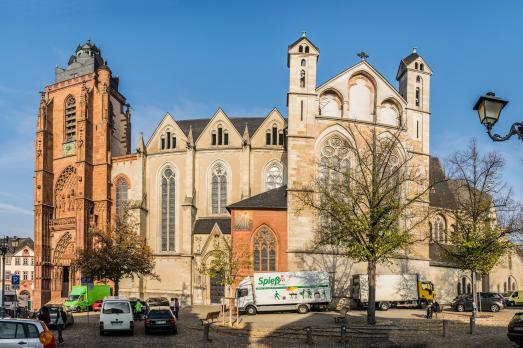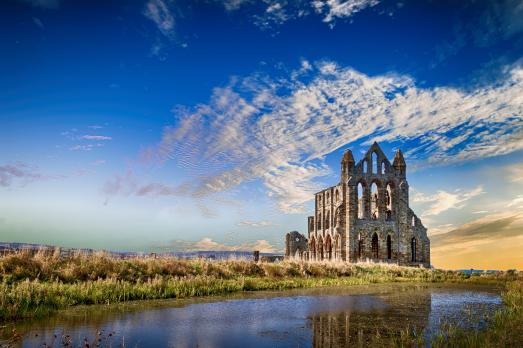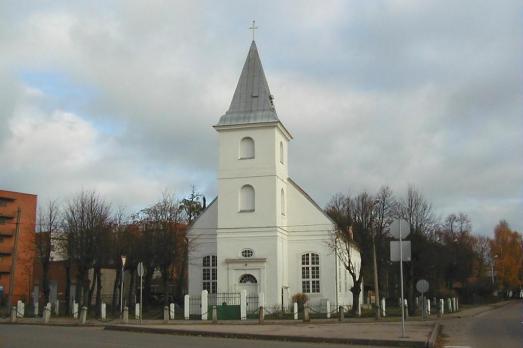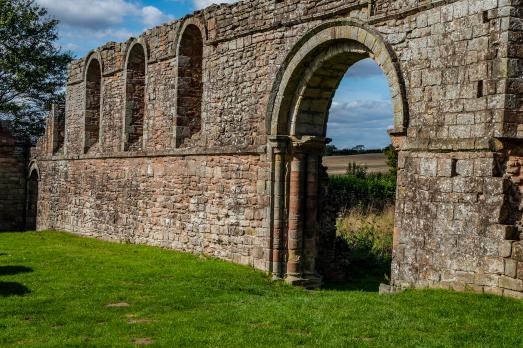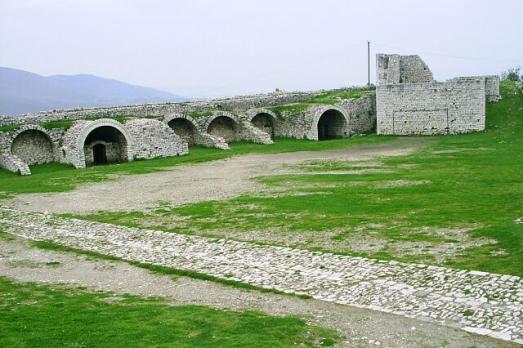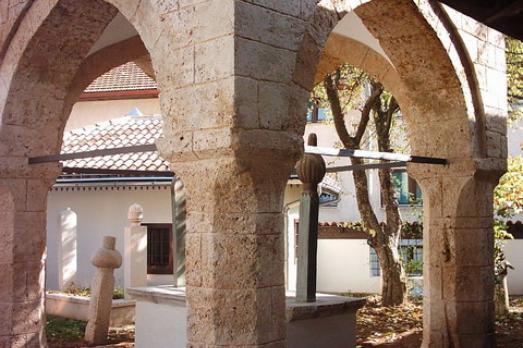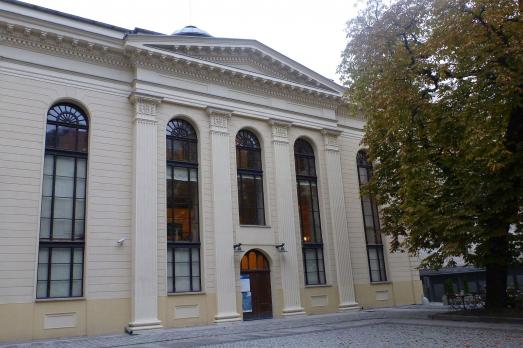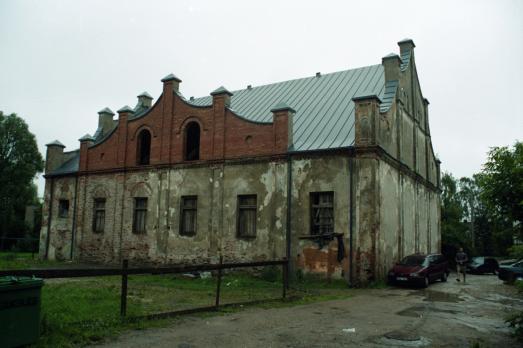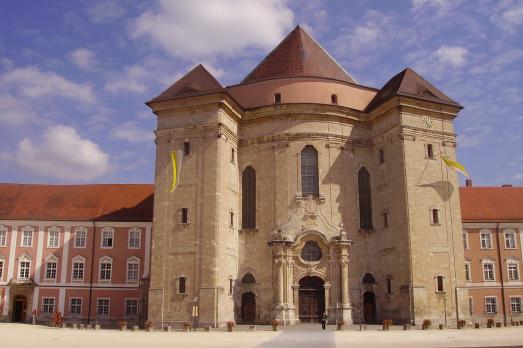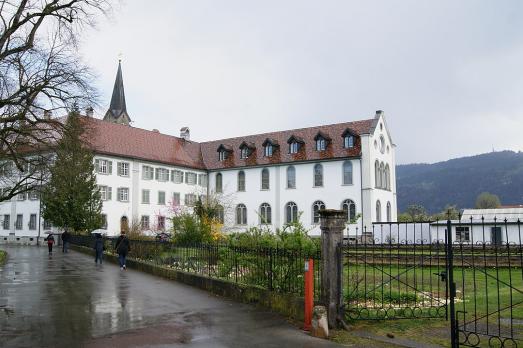
Wettingen-Mehrerau Abbey
Bregenz, AT
Wettingen-Mehrerau Abbey was built in 1227 by Ulrich X, Count of Bregenz. During the Thirty Years' War, the abbey was devastated by the Swedes and was in great need of repair. In 1738 the reconstruction of the church was completed and the monastic buildings were built between 1774 and 1781. In February 1807, the church was closed and the remaining buildings were auctioned off. Between 1808 and 1809 the church was demolished.
